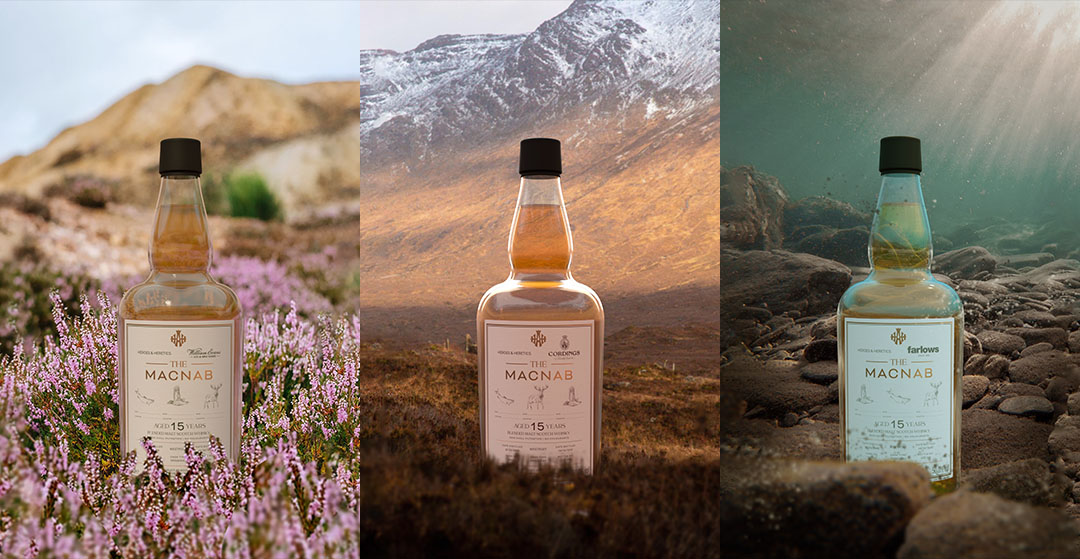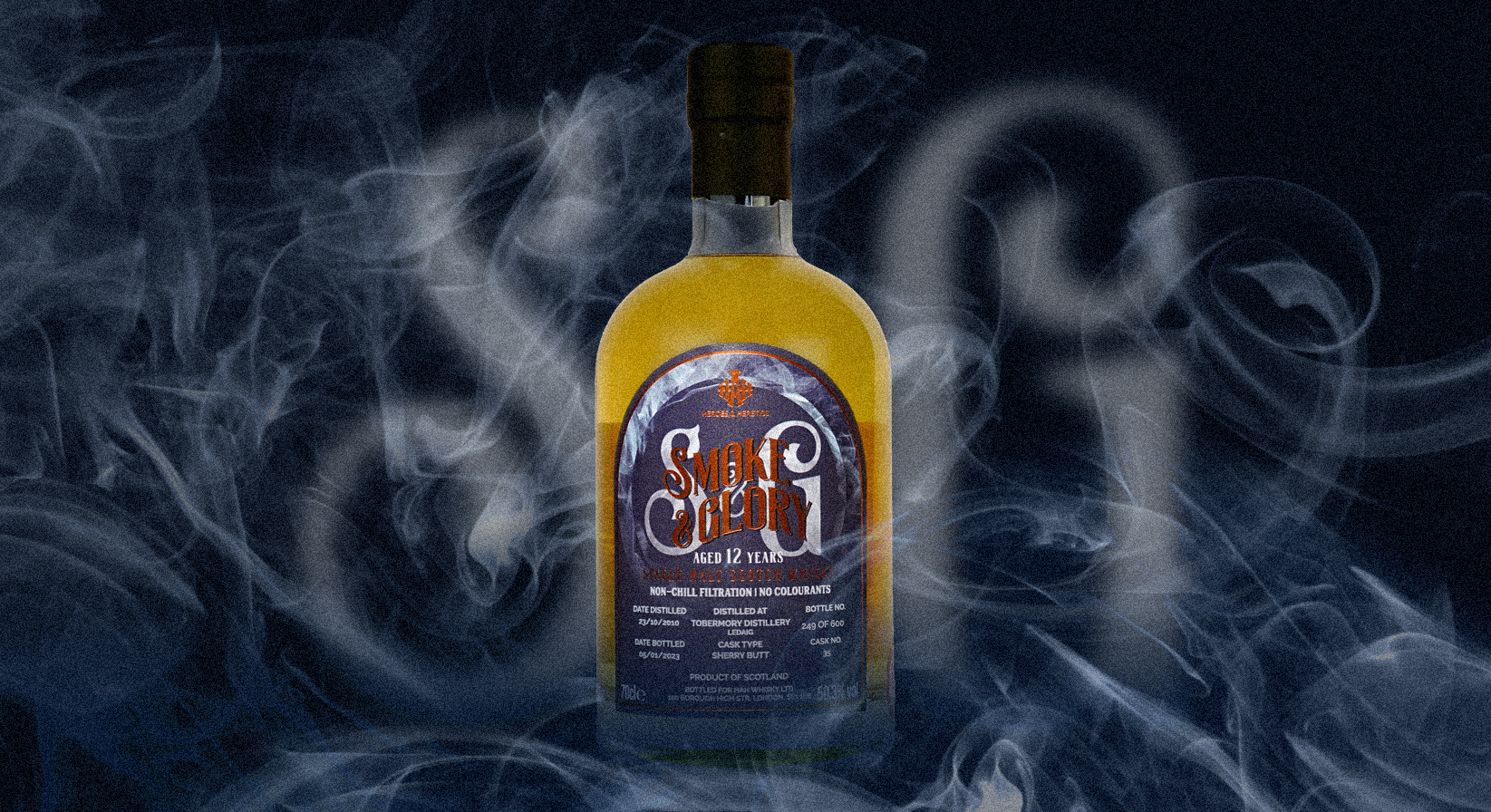One of the joys of spending time in Edinburgh is getting to know more about Whisky. Just by sitting in bar (on this evening multiple bars starting on George Street and ending at 2 am in a Speakeasy called Brambles), complete random strangers (2 Doctors from Aberdeen) will tell you so many interesting things about ‘their’ finest product (not crude oil) –that it is smoky, peaty, smooth… all interesting descriptors.
No country in the world does whisky like Scotland. This fantastic brown liquor has its distinctive flavours, that keeps people coming back for more. By the end of the night and much sampling, I think I know why.
“Too much of anything is bad, but too much good whiskey is barely enough.” – Mark Twain
The Doctors also told me that whisky is a ‘natural’ product…well, make no mistake about it – whisky is an engineered product. Let me explain further.
The questions are complex and yet simple. What is single malt scotch?
Why do bar room aficionados (and new best friends, Dr Mark and Mr Ian, a Consultant) turn their noses up at ‘blended’ scotches?
Then there were then-late-night discussions about what is the difference between Scotch from the Highlands and the islands to the south?
Let’s break single malt scotch down into simple terms and facts (we can get into arguments about tastes later). Whisky at the most basic level is distilled alcohol produced from fermenting a mash of grain — (or corn in some cases).
Making it initially shares a lot of similarities with beer, minus the addition of hops. It starts by steeping a mixture of grains in hot water. That process triggers the release of the natural sugars which are then converted by yeast into alcohol.
The resulting beer-like substance, called wort in whisky speak, is then distilled and put into wooden barrels to age. The type of grains used in the recipe, the distillation method and the barrels the spirit is stored in are what create the main differences between Scotch, bourbon, Irish, Canadian whisky and other types beyond their country of origin.
All Scotch whisky must be produced at a Scottish distillery from a recipe that includes water and malted barley, though other types of whole cereal grains can be used also. The resulting liquid must then be distilled at a strength of no less than 94.8% ABV (190 proof) and aged in Scotland in oak casks no larger than 185 gallons for a minimum of three years.
“Whisky is liquid sunshine.” – George Bernard Shaw
After ageing, the whisky must be bottled at a minimum of 40% ABV (80 proof). It’s not something the industry likes to talk about, but Scotch can have the caramel colouring agent E150A added to it for aesthetic purposes.
Single Malt:
A scotch produced exclusively in pot stills at one distillery from only malted barley and water is called a single malt. The single, in this case, refers to the distillery, not a grain type or barrel. While single malts are not blended with other whiskies made from various recipes, a bottle does contain a blend of the same Scotch recipe produced in different years and aged for various amount of time. This process is conducted by a master blender to ensure a consistent flavour profile over the years. The age statement on the bottle must reflect the youngest whisky used in the blend.
Speyside, Highlands, Lowlands, Islay and Campbeltown are the names of Scotland’s five main single malt producing regions. Usually, the single malts from these regions share a common style or flavour profile, though it’s not set in stone. The Speyside region is by far the biggest producer and contains nearly half of all the whisky distilleries in Scotland.
Many associate a smoky flavour profile with Scotch, but it is not a requirement. The characteristic comes from peat — that mud-like substance which is burned by many Scotch distilleries to dry malted barley.
Examples: The Macallan / Highland Park / Laphroaig / The Balvenie / The Glenlivet / Lagavulin
Single Grain:
Like single malts, single grain Scotch whisky must be made and distilled at a single distillery. The difference is that other cereal grains can be used in the recipe along with malted barley.
Examples: Signatory Ayrshire 1998 | Strathclyde 13-Year-Old 2001
Blended Scotch Whisky: This whisky is created by blending single malt Scotch whiskies with one or more single grain Scotch whiskies. Roughly 90% of Scotch whisky sold in the world is made in this way.
Examples: Johnnie Walker / Chivas Regal / Cutty Sark / Dewars /J & B
Blended Malt Scotch Whisky:
Sometimes called a vatted malt or pure malt, this is a blend of one or more single malts made by more than one distillery.
Examples: J & B 12-Year-Old Pure Malt / Monkey Shoulder
Grain Scotch Whisky:
A blend of single grain Scotch whiskies made by more than one distillery.
Examples: The Snow Grouse / Hedonism
So, then arguments raged (in a good-natured way) long into the night was that single malts are of perceived higher quality than ‘blends’. Many will certainly agree that the greatest diversity of flavour comes the traditional, single pot-distilled, malted barley form of whisky, aged for extended periods in oak barrels (the classic Scottish single malt). it may, therefore, surprise you to learn that almost all ‘single malt’ scotch you will find in your off licence is, in fact, a blend of many different individual whiskies.
Blended whiskies (which are estimated to make up >90% of all scotch whisky sales worldwide) are blends of single malt whisky and grain whiskies.
Now, the pedantic among you may note that barley is indeed a grain. The distinction is that malt whisky is made exclusively from malted barley, prepared traditionally and distilled using a small batch pot-still method. As such, it is still more of a hand-crafted artisanal product – although one currently practised on an incredibly large scale, as shown in the accompanying picture.
Grain whisky, in contrast, is produced by a much simpler and more economical method, using a continuous column still that is an example of the 19th-century industrial revolution at work. This method produces more whisky more quickly, on a truly industrial scale (i.e., grain distilleries truly are factories, in the classic meaning of that term). Column stills don’t require malted barley, and instead use a wide variety of economical grains – with corn, wheat, rye and unmalted barley being most commonly used.
So, why don’t we just use this cheaper grain whisky method exclusively?
It seems that the small-batch method used to produce single malts still imparts the greatest variety of base whisky flavours. The effects of (and need for) maturation in wood barrels are also somewhat different for typical malted barley and grain whiskies. According to experts, grain whiskies require longer in barrels to become truly interesting. But it also seems that they are also more “drinkable” at a young age than most single malts.
What this all means is that, by definition, grain whisky is cheaper to produce and age, as it doesn’t seem to need to spend as long in wood barrels to be considered good enough to sell. Traditional single malts do typically have a flavour advantage over grain whiskies though. That is why my bar friends and scotch whisky connoisseurs quickly migrate to single malts, for the wide diversity of flavour they can provide. That said, outstanding grain whiskies can be produced – as you will see in my discussion of practices elsewhere in the world.
Given that each barrel of whisky is unique, how on earth do distillers keep a consistent product on store shelves?
The answer comes down to blending (vatting). The reason your Glenlivet 12-year-old (or any other single malt) continues to taste the same from bottle to bottle is that it is made in giant batches where they blend many hundreds of individual barrels. These sources barrels are not blended at random. The Master Blender of the distillery is following a general recipe (i.e., so many barrels of this age, so many of that cask type, etc.) that he or she adjusts on every batch to ensure overall consistency.
The real reasons why whiskies taste different from each other – and it has everything to do with the differing processes for production, ageing and blending performed by each of the distillers. These can certainly depend on the historical methods of malting and extraction, the types of stills used, availability of barrels, etc. But it is the culmination of all the techniques and processes employed by the skilled craftspeople all down the line that matter, not the starting material. And at the end of the day, it is the master blenders who create the final engineered product that you enjoy, from the constituent components that they have on hand.
I am not sure the Doctor’s advice to keep sampling was the best – my flight back to London at 9am was painful!
Enjoy.



You must be logged in to post a comment.